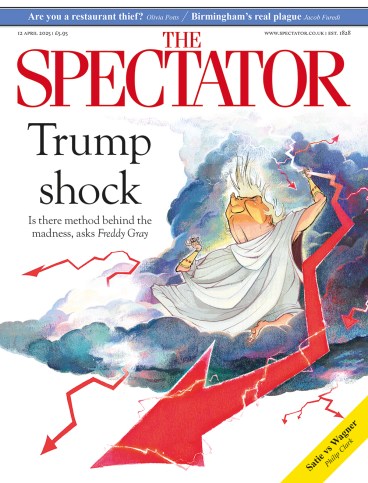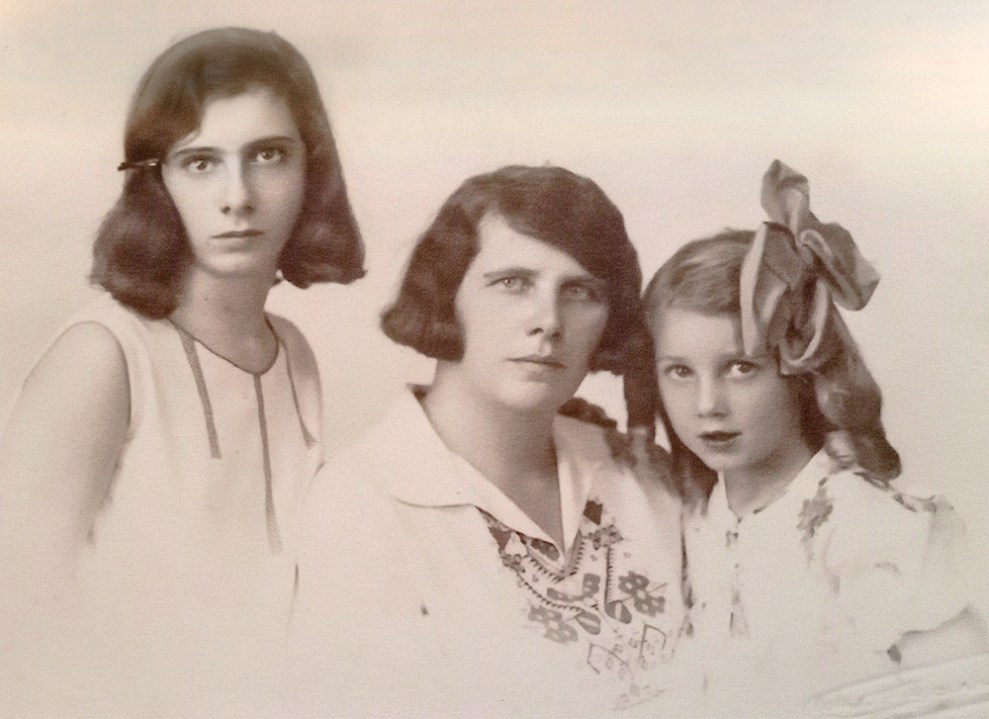
Late one evening in 1994, an Italian magistrate walked into a storage room at the military prosecutor’s offices in Rome. There his eye was caught by a 6ft-high wooden cupboard, curiously positioned so that it faced the wall. His interest piqued, he pulled the cupboard around and opened its doors. Inside were stacks of documents dating from the mid-1940s. In all, there were 695 long-lost war crime investigation files, detailing more than 2,000 incidents that had taken place in Italy during the fascist period. Picking up the story, the Italian media dubbed the cupboard the ‘wardrobe of shame’ – which quickly became a metaphor for what Thomas Harding calls ‘Italy’s general amnesia about the fascist past’.
What better illustration could there be of the pointlessly cruel, vindictive nature of the Nazi regime?
The Einstein Vendetta focuses on one specific war crime: a triple murder that took place at the beautiful Villa Il Focardo, 15 miles from Florence, in the summer of 1944. The first half of the book sets the scene, painting the idyllic pre-war world of the German-born Robert Einstein (a close cousin of Albert), his Italian wife Nina, two daughters Luce and Cici, and informally adopted twin nieces, all living at their villa, surrounded by a vineyard, wheat fields, a peach orchard and olive groves. As the author of several books focusing on properties with poignant second world war histories, such as The House by the Lake, Harding is well suited to writing a villa-based drama. Here he evokes time and place beautifully, while paying forensic attention to detail. As a result, the story is a slow burn but the short chapters, with plenty of cliff-hangers, keep the pages turning.
By late 1943, Italy was divided between Mussolini’s fascist regime in the north and the German-occupied south. Appalling atrocities took place in both zones. That autumn, fearing that he was endangering his family simply because he was Jewish, Robert started camping out in the local woods. Just days before the American forces, pushing north, liberated the region, German troops arrived to hunt him down. Nazi brutality, and the resulting family pain and grief, is vividly recorded.
The book’s second half details the six or more investigations into the atrocity. The crime scene, timing, method and victims were evident, but neither the perpetrators’ identities nor their motive was clear. Almost 8,000 Italian Jews would be murdered in the Holocaust, but few seem to have been targeted by dedicated hit squads. Nevertheless, the close family connection to Albert Einstein was largely overlooked in the investigations, even though Albert was the world’s leading theoretical physicist, his work playing a role in the development of the atomic bomb, and he was possibly Germany’s most wanted Jew, a known assassination target.
Harding’s family had known the Einsteins in Berlin. As a child, his grandmother had once peered through the dining room keyhole, to see the great scientist sitting at table in his slippers, ‘confirming the rumours of his forgetful nature’. By 1933, however, Albert had settled in America. Obsessed with blood ties, the Nazi policy of Sippenhaft instituted a legal principle of shared responsibility and collective punishment for crimes committed by family members. The murders at the villa, Harding argues, were a vendetta.
This history feels at once marginal, a few pointless but poignant murders among millions, while at the same time deeply telling. The killings served no military purpose. Given the rapid Allied approach from southern Italy, they were not only a waste of time but also an absurd diversion of resources. What better illustration could there be of the pointlessly cruel, vindictive nature of the Nazi regime?
Ironically, the Einstein case was not one of the 695 case files found gathering dust in Rome’s ‘wardrobe of shame’. Yet it still highlights the reluctance of Italians post-war to thoroughly investigate German crimes on their soil. The possible reasons are manifold: the priority given to rebuilding the nation; renewed economic links with Germany; the Italian fascist crimes that a more thorough investigation might have exposed; and lingering fascist sympathies at the highest levels. Harding also argues that since the country’s politicians made the decision not to confront their past – there was no equivalent to Germany’s ‘denazification’ process in the late 1940s – it left Italy without a healing consensus on its history.
The Einstein Vendetta shines a light on these forgotten lives and crimes and on the limits of post-war attempts to secure justice, ‘not only for the family’, as Harding writes, ‘but also for the sake of history’. In the moving epilogue, the focus returns to the courage, love and compassion of the Einstein family. But it is ironic that it still takes that famous name to grab some attention.









Comments